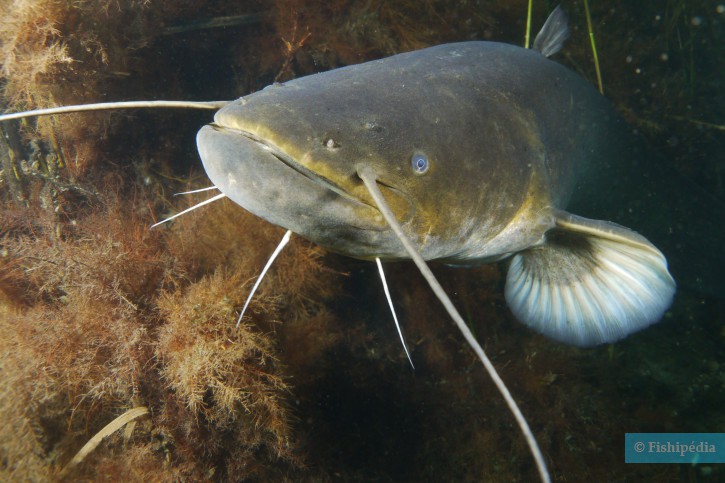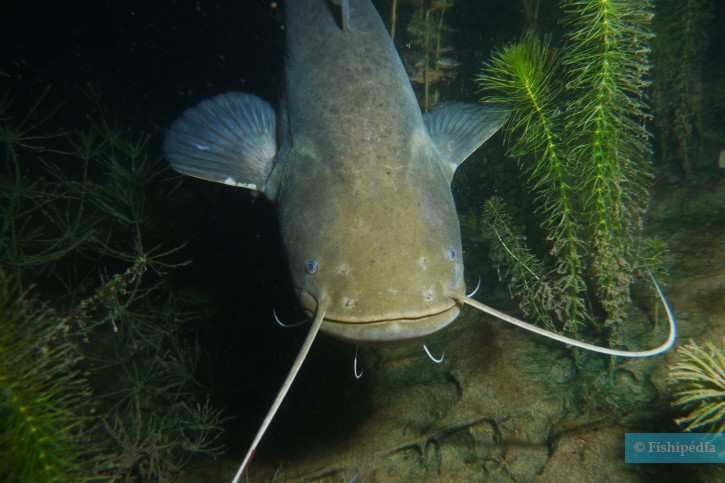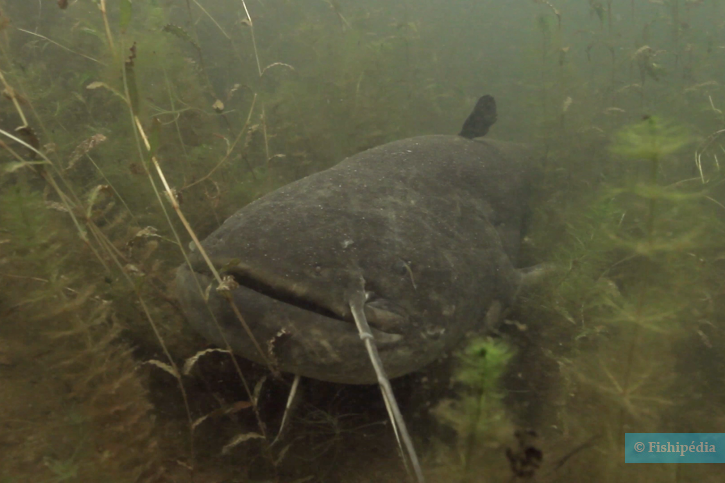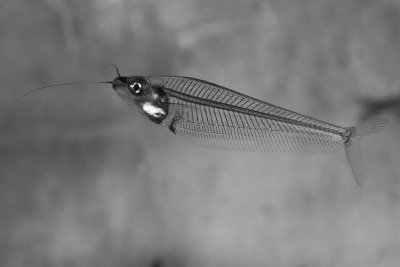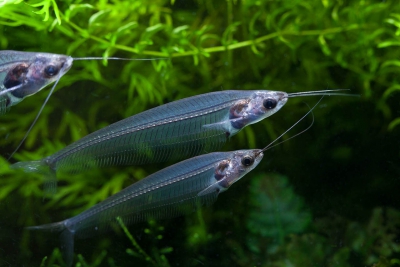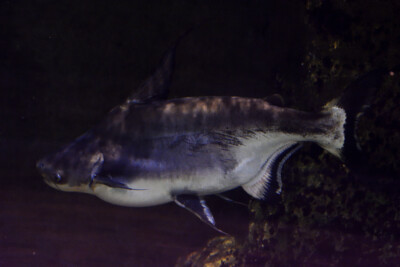wels catfish
| Scientific name | Silurus glanis |
|---|---|
| Descriptor | Linnaeus |
| Year of description | 1758 |
| IUCN category (World) | LC |
| Family | Siluridae |
| Genus | Silurus |
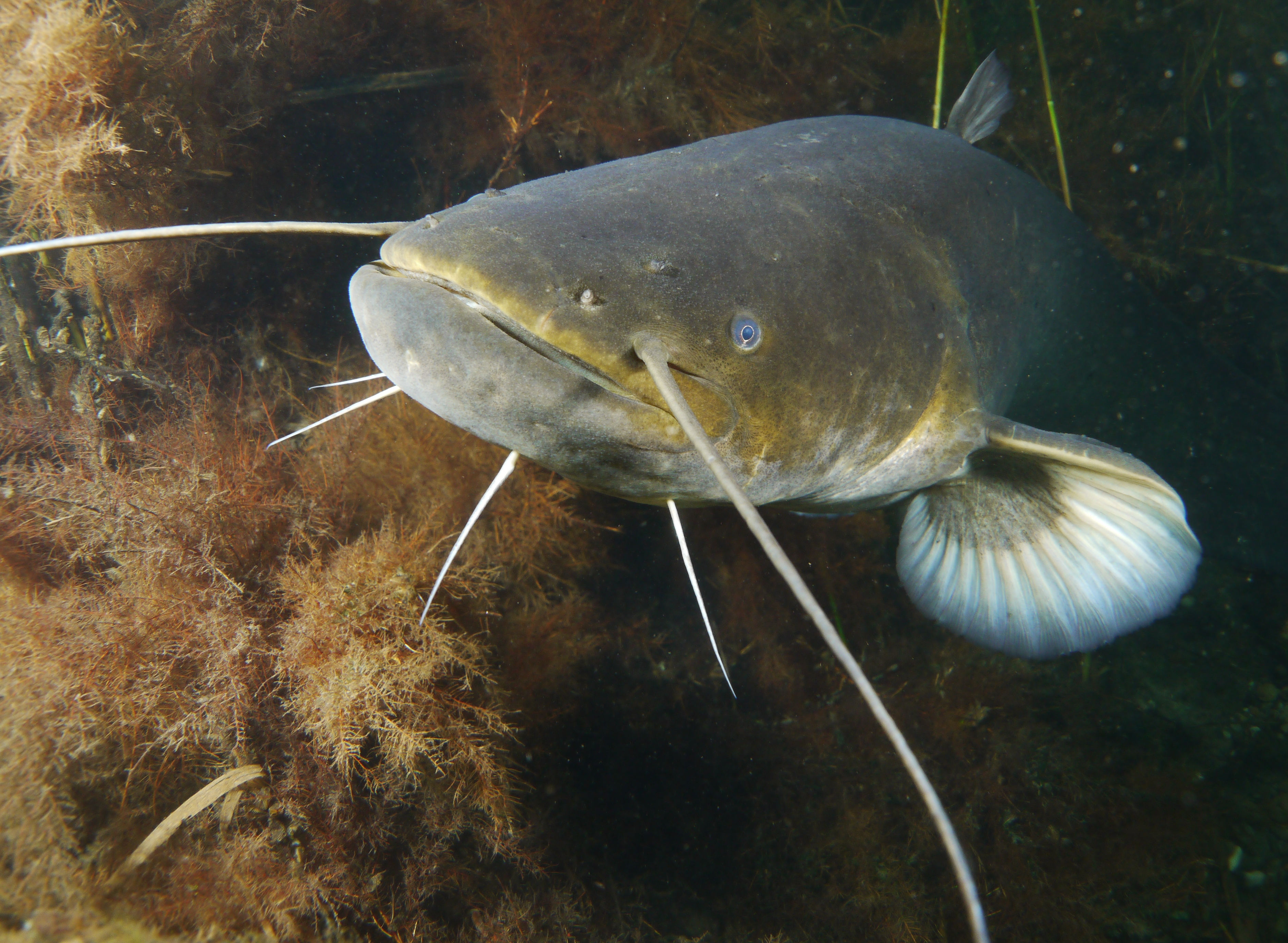

Introduction
The Wels Catfish, commonly known as wels catfish, is a freshwater predator (temperate zone) native to Europe.
Who is it?
Morphology
-
Type
-
Average size150 cm
-
Maximum size280 cm
-
Longevity30 year
-
Type
-
Average size150 cm
-
Maximum size280 cm
-
Longevity30 year
How to recognize This fish ?
The first third of the wels catfish's body is wide and sturdy, with a flattened head and tiny eyes. It is adorned with 2 barbels on the upper jaw and 4 on the lower jaw. The mouth is filled with numerous small teeth that form a rasp for grasping and holding prey. The pectoral fins are short and rounded and bear a rigid spine, as does the very small dorsal fin.
The posterior two-thirds of the body are laterally compressed and traversed by the anal fin that extends to the homocercal caudal fin (rounded, fan-shaped).
The coloration is dark, greenish, marbled with light spots. There can be variations among individuals and environments. The belly is white.
There are also albino individuals, entirely white, and so-called mandarin specimens, yellow-orange. These forms are rare in the wild.
Behaviour & Life cycle
-
dietcarnivorous
-
Sociabilitysolitary
-
territorialNo
-
Way of livingdiurnal
The activity of the wels catfish is mainly nocturnal and linked to temperature. In cold waters (<10°C) it moves little, mostly stays on the bottom in the deepest areas, and feeds very little. It becomes more active when the water exceeds 15°C and willingly approaches the shores, in shallow and warmer areas.
An opportunistic carnivore, the wels catfish primarily feeds on fish (carp, bream, roach, etc.), crustaceans or mollusks (crayfish, clams, mussels, etc.), but also occasionally on small rodents or young water birds. In the Tarn River in Albi, wels catfish have been seen attacking, like orcas, pigeons that come to drink on the shore.
It hunts mainly in murky waters and relies little on its sight. It is very sensitive to sounds, electromagnetic fields, and pressure changes caused by the movement of its prey. It also detects chemical signals very well. It follows its prey and when close enough, the very rapid opening of its large mouth creates a depression that allows it to suck in the prey, which it swallows whole. In particular, it is the only predator that has adapted to eat catfish, which have long been the most concerning invasive species in European waterways.
It feeds relatively little, with its daily food intake representing 1 to 3% of its weight. A 100kg individual is satisfied with one or two large prey per day during peak activity (summer).
Special case: the wels catfish in the Tarn River in Albi have developed a particular hunting technique: catching pigeons by beaching (similar to orcas hunting seals on the beaches) when birds come to the river in summer. During this period, pigeons can make up to 70% of the diet for some individuals.
It has been observed that the wels catfish can produce sounds, probably by compressing its swim bladder. The function of these sounds is not yet known...
The wels catfish also form the largest known concentrations of biomass in freshwater: for reasons still not well understood, dozens of individuals can gather, slightly above the bottom, forming a large ball that spins on itself...
Reproduction
-
Reproductionovipare qui pond sur substrat découvert
Sexual maturity is reached at 3-4 years for males and 5-6 years for females.
Reproduction is triggered when the water reaches 18-20°C, well after that of other predators (pike, perch, etc.), in very shallow waters that warm up faster.
Spawning is triggered by a courtship display, with the male encircling the female with his body. She then deposits her eggs - more than 20,000 per kilogram - in an area cleared of vegetation to leave only a thin layer to which the eggs will adhere. Both parents fan and guard the nest, chasing away any intruders. Extremely rare cases of attacks on humans can occur: if one walks near the nest, the wels catfish may attack not to eat but to repel the threat, causing no serious injuries given its tooth structure.
Hatching occurs after a few days (exact duration depends on the temperature). The larval phase lasts 4 to 5 days during which the individual is attached to the substrate by a ventral papilla. The juvenile then feeds on invertebrates, and as it reaches 12cm in length, the proportion of fish in its diet gradually increases.
Harmless species
This species does not represent any particular threats to humans when encountered in its natural environment.
Origin and distribution
What is its habitat?
Natural environment characteristics
-
Temperature18 - 23 °C
-
pH (acidity)6.5 - 7.5
-
gh (hardness)4 - 20
Biotope presentation
The wels catfish prefers turbid waters, tolerates low oxygen concentrations, and is eurythermal (handling temperature ranges from 3 to over 30°C, with an optimum at 26-27°C).
It is found in a wide range of low and mid-altitude environments: lakes, ponds, downstream areas ("fringe zone") of rivers and streams. It can also tolerate some salinity and is found in brackish waters, though it is uncertain whether it can complete its entire life cycle there. Ideally, it prefers environments with deep areas for winter shelter and shallow banks where it can warm up and stalk its prey.
It spends most of its time near the bottom and moves into open water to travel between areas or to hunt.
To go further
Sources & Contributions
Participation & Validation
The Fishipedia team and specialist contributors are committed to providing high-quality content. However, although the information comes from scientific sources or testimonials from specialists, the cards may contain inaccuracies.

Patrick Chartrer

Benoit Chartrer
Translation
Translation done with the valuable contribution of our translators, who make this information available to a wider audience. We sincerely thank them for their commitment.
Bibliographic references
Les Poissons d'eau douce de France - Eric Feunteun - Jean Allardi - Philippe Keith - Biotope Edition - 2011. Collection Inventaires & Biodiversité, publication scientifique du Muséum
